By Bonnie Christian
In a unique partnership, conservationists and fisherman are working together to improve the sustainability of fisheries while keeping fishermen fishing.
The Central Groundfish Project, announced in California this month, works on the basis of a risk pool for fishermen, aiming to improve economic efficiency and sustainable fishing practices of fisheries.
Central coast manager of The Nature Conservancy Michael Bell told The Huffington Post that fishermen were beginning to “reach out beyond the industry for resources and plans” to help introduce more flexibility into the federally allocated quota system currently in place.
“If a fisherman harvests beyond what they have in their allocated quota account, they have to go back to shore, tie up their boats and buy more quota,” Bell said.
“The quota for overfished species is very low. Because fish are caught incidentally, this is extremely constraining and limiting. It can be unaffordable and tends to impact smaller communities first, as they lose access to their livelihood.”
“The idea of the risk pool allows fishermen to gather their quota together in a collective bucket, and in return they have to agree to a fishing plan where they collect data when they are fishing and send it back to us. We take that information and improve the plan to create more sustainable fishing practices; deciding where the best places to fish are, for example, or what the best time of day to fish is.”
The concept of the project was inspired by a similar approach of the West Coast Whiting Fishery. In March, Seafoodsource.com reported the fishery had implemented a new catch-share system where “36 vessels had formed a co-operative to pool their federally allocated shares of whiting.”
Michelle Norvell, Manager of the Fort Bragg Groundfish Association said at a press conference: “The days of the individual fisherman are nearing an end. This collective approach is really the future and we want to share this concept and model with other port communities to ensure their success.”
Bill Blue of the Central Coast Sustainable Groundfish Association said when the quota regulations were imposed and limits were introduced, fisheries started to fall apart. “The smaller, independent risk pool organizations give us hope,” he said.
Bell said that as part of conserving overfished species, or bycatch, high, medium and low risk areas will be identified and fishermen will have time limits for how long they can fish in each area. He also said fishermen were diversifying from bottom trawling and mixing in open line and trap fishing.
Lance Morgan, Vice President for Science and the Marine Conservation Institutetold HuffPost in an email: “The only way to mitigate it is to stop trawling or greatly reduce the area fished and use much lighter, modified gear that won’t drag as heavily along the seafloor.”
“A recent study shows that trawling impacts soft-bottom seafloor fish in a negative manner and reduces the condition of commercial fish.” He added, “I think trying to address bycatch is an important issue, and reducing it is an important step towards sustainability. I would like to see additional measures limit the footprint of trawling and identify appropriate trawl grounds.”

